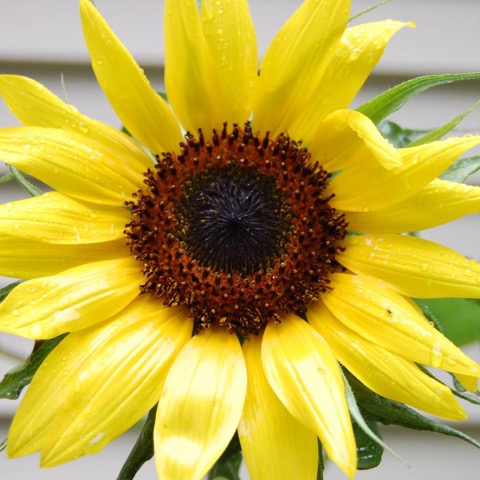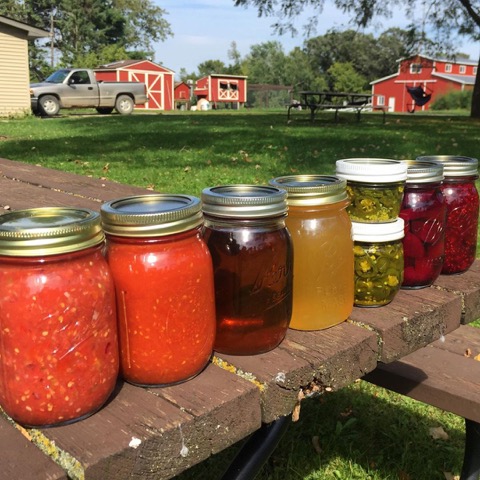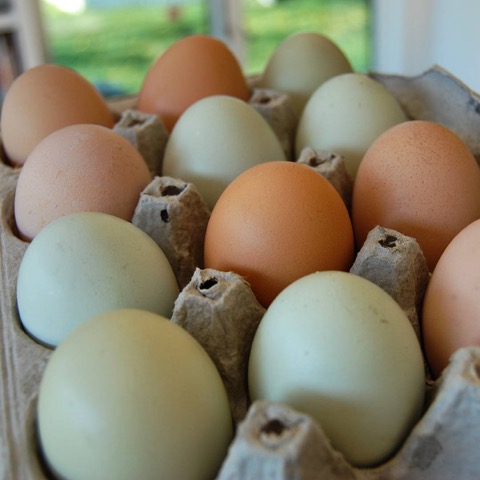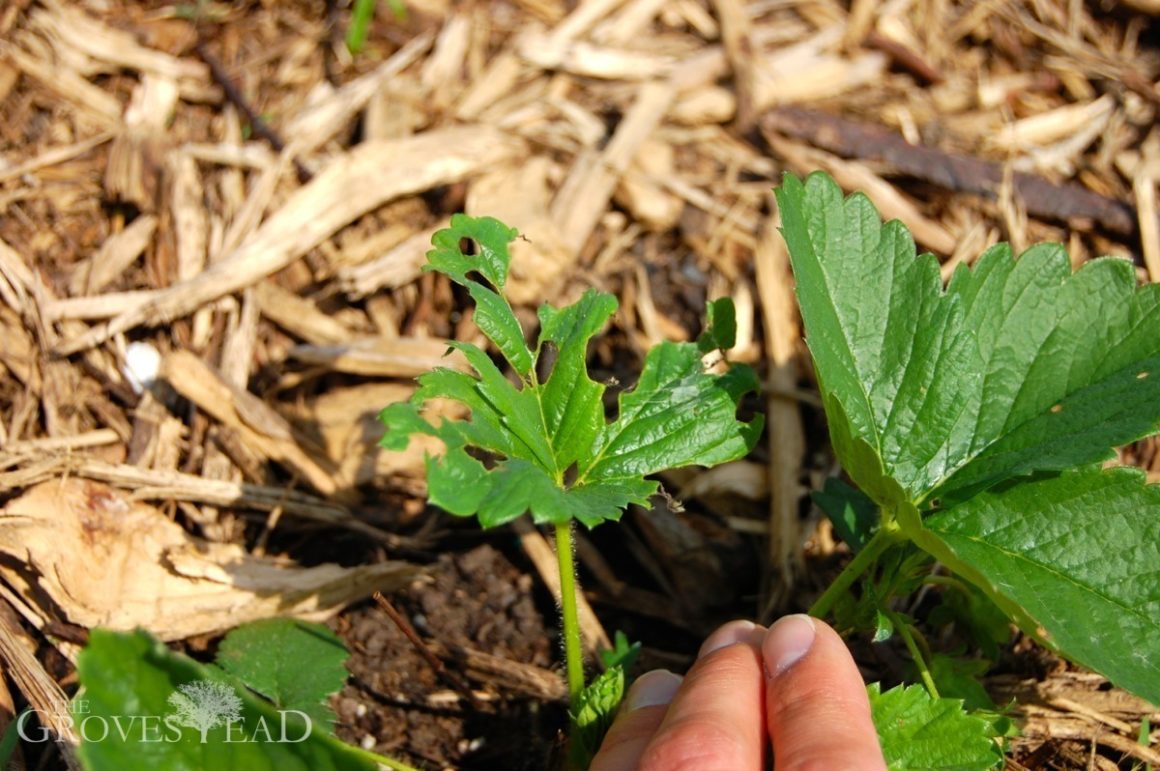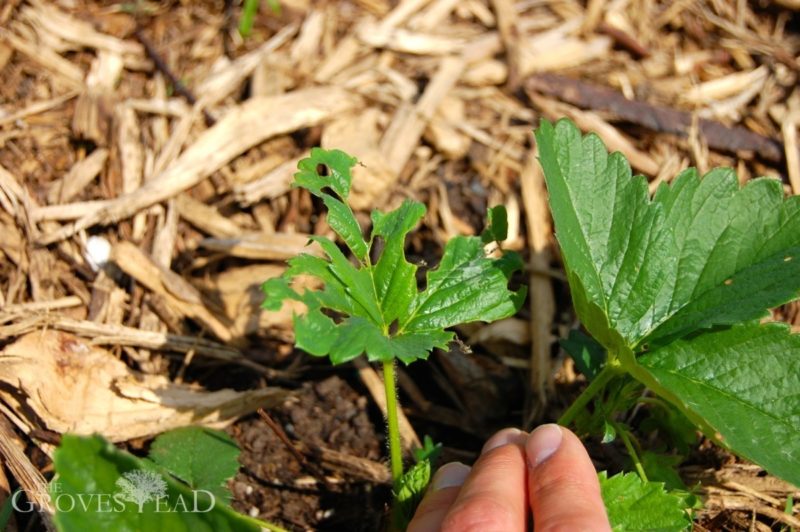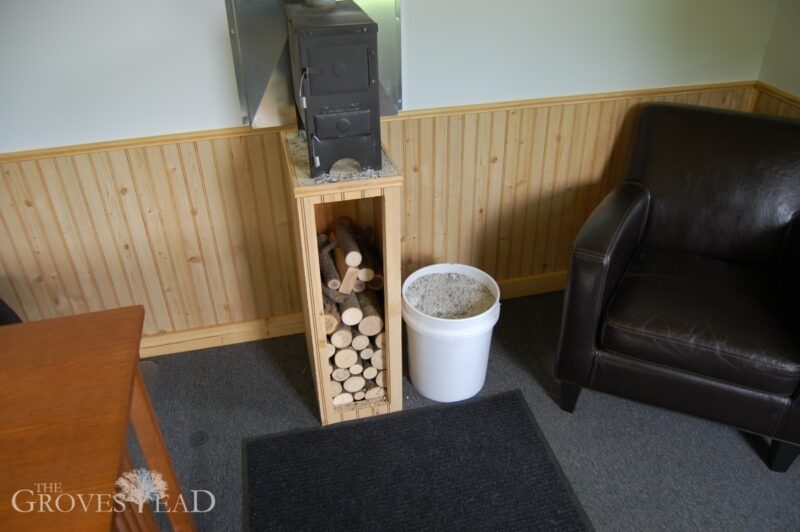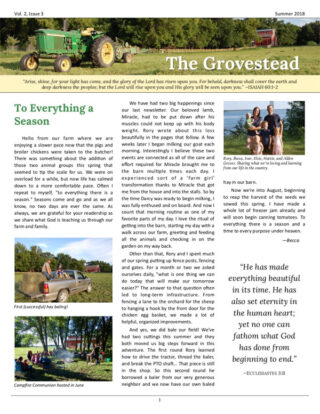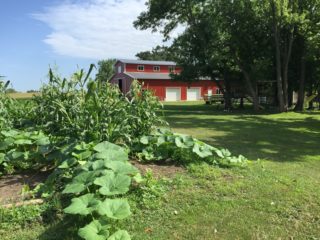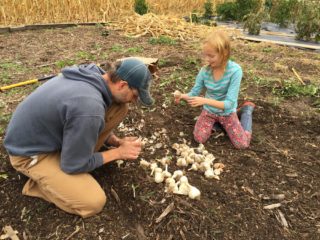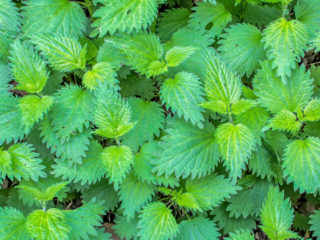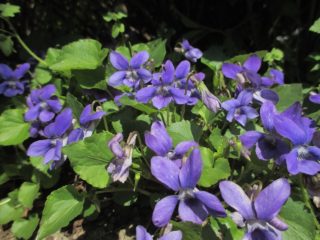I made quite a few improvements this year to my strawberry-growing strategy. I placed them up high in raised beds, mulched them heavily to keep the weeds at bay, and have bird netting ready to install. And so far, the strawberries have come in nicely, even surviving a deer attack. But when I saw the picture above, I realized I forgot about the slugs. Last year, the slugs got what the birds, the deer, the rabbits, and my 3-year old son didn’t. There are many interesting things people do to deal slugs in their strawberries: beer traps, salt, diatomaceous earth, organic toxins, non-organic toxins, and plain old squishing. They all have pros and cons. I was going to use diatomaceous earth because I have it on hand. DE is powdered remains of fossilized hard-shelled algae. Its completely harmless to humans, but is an effective insecticide because the microscopic crushed shells destroy insects that traverse across them. However, I was lucky to discover that among the affected insects would be honeybees who pollinate strawberry flowers. So DE was out. But another organic remedy was a perfect fit: wood ashes. Ashes are a garden additive, in fact. If your soil is too acidic, spreading ashes will help balance it (similar to lime used in farming). And I’ve got plenty of ashes.
I’ve been collecting ashes from the wood burning stove in my office cabin all winter. I knew there would be possible uses for it in my garden, so never got rid of it. Now I’m glad I didn’t! I spread the ashes around the base of each plant in one of the beds. 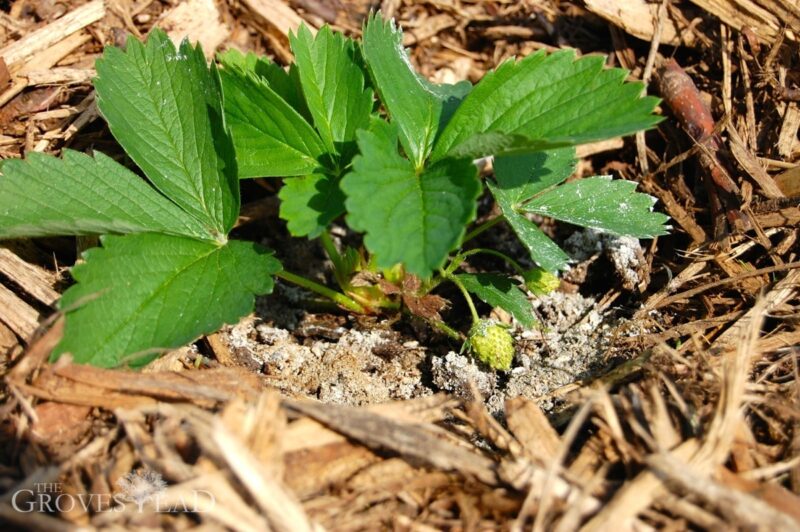
Of course, I have to run a proper experiment, so I’m holding off on treating the second bed until I know if it works.








